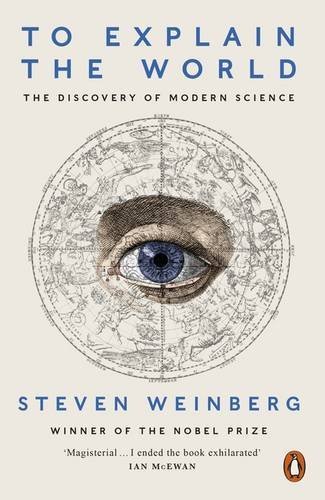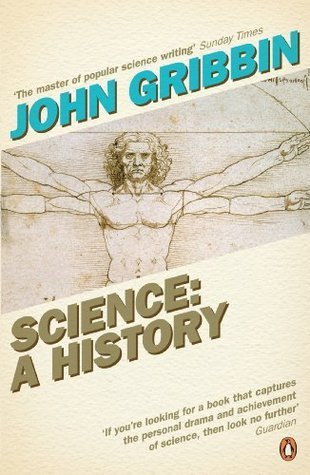
To Explain the World: The Discovery of Modern Science
Book Description
What if the key to understanding the universe lies hidden in the pages of history? Steven Weinberg takes readers on an exhilarating journey through the labyrinth of scientific discovery, revealing how brilliant minds unraveled the mysteries of nature. From the bold theories of ancient philosophers to the groundbreaking revelations of modern physics, every twist and turn ignites curiosity and wonder. This gripping narrative breathes life into the triumphs and failures that shaped our perception of reality. As the story unfolds, one question looms large: Can humanity continue to unlock the secrets of the cosmos, or are we destined to remain in the shadows of our own ignorance?
Quick Book Summary
"To Explain the World: The Discovery of Modern Science" by Nobel laureate Steven Weinberg is a thorough and engaging exploration of the evolution of scientific thought. Weinberg delves into humanity's gradual journey from myth and philosophy to experimental, evidence-based science. He examines how ancient thinkers grappled with natural phenomena and how, over centuries, the scientific method emerged from a patchwork of speculation and philosophy. Blending history, physics, and philosophy, Weinberg traces key milestones—like the Scientific Revolution, advancements in mathematics, and the birth of experimental physics. Through a compelling narrative, he highlights both the setbacks and leaps forward that brought about our modern understanding of nature, demonstrating how the pursuit to explain the world is marked by relentless curiosity and gradual accumulation of knowledge.
Summary of Key Ideas
Table of Contents
From Myth to Rational Investigation
Human attempts to make sense of the world began with myths and stories, as ancient cultures sought to explain natural events through the actions of gods and supernatural forces. Gradually, especially in Ancient Greece, some thinkers started to reject supernatural explanations, pursuing more rational and systematic investigations. Figures like Thales, Anaximander, and Aristotle speculated about the fundamental nature of matter and motion, laying early, albeit often flawed, foundations for scientific reasoning. However, limitations in experimental practices and over-reliance on philosophy meant that these early efforts often failed to yield reliably predictive models of nature.
The Role of Mathematics in Science
Mathematics played a transformative role in the development of science. The Greeks, notably Pythagoras and Euclid, began to systematize geometry, which would later prove essential for interpreting physical phenomena. During the Renaissance, the fusion of mathematics with physical understanding became evident in the work of Copernicus, Kepler, and Galileo. Kepler's laws of planetary motion and Galileo's analyses of motion were only possible through their rigorous application of mathematics, enabling predictions and uncovering new regularities that pure observation could not detect.
The Emergence of the Scientific Method
The emergence of the scientific method marked a crucial turning point. Instead of relying solely on philosophical speculation, scientists began to value observation, measurement, hypothesis testing, and reproducibility. Francis Bacon articulated the foundations of experimental science, while Newton synthesized previous insights through his laws of motion and gravitation. This new methodology allowed science to progress systematically, building upon prior knowledge through careful experimentation and mathematical description, culminating in the birth of classical physics.
Interplay Between Philosophy and Science
Philosophy continued to shape science, providing conceptual frameworks and probing the assumptions behind scientific models. Debates over the nature of reality, causality, and the limitations of human perception were central to scientific advancement. After Newton, the Enlightenment and later periods brought fresh scrutiny to the scientific enterprise, questioning the certainty and scope of scientific laws. The interplay between philosophy and science persisted into the 20th century with quantum mechanics and relativity, which challenged traditional notions of space, time, and causality.
The Ongoing Nature of Discovery
The quest to explain the world is ongoing. Every generation of scientists has built on the uncertainties and discoveries of its predecessors. As Weinberg emphasizes, the journey from myth to modern science is neither linear nor complete. There remain profound mysteries about the cosmos—such as the nature of dark matter and the unification of physics. By tracing the intellectual struggles and triumphs of the past, Weinberg invites readers to appreciate both the achievements and the unfinished nature of scientific discovery, underscoring our enduring curiosity to unlock the universe's secrets.
Download This Summary
Get a free PDF of this summary instantly — no email required.





